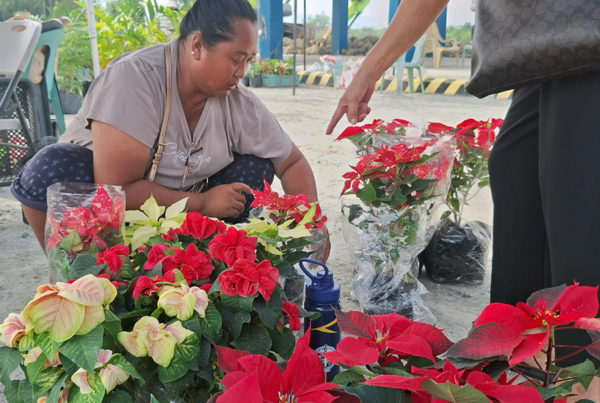PhilHealth is financially stable, say
THE Philippine Health Insurance Corporation (PhilHealth) is in good financial shape and Pangasinan, the model province in the country in terms of health insurance coverage, stands as a testament to that.
Dr. Leo Cardona, regional director and vice president of PhilHealth, gave this assurance as he cited the growing number of families covered by the agency in the province, which now stand at 198,000 from only 75,000 in 2007.
“Government will change and administration will change but like the GSIS (Government Service Insurance System), SSS (Social Security System) and Pag-ibig, PhilHealth will stay,” Cardona said last Thursday at the weekly Kapisanan ng mga Brodkasters sa Pilipinas (KBP) forum in Dagupan.
Cardona pointed out that PhilHealth has a P91 billion reserve in the bank as of end-July this year, an amount that will cover claims for the next two years and beyond.
“Under the law, we should have guaranteed reserves for two years,” he said, adding that last year Philhealth paid P20 billion in claims.
He attributed the increased enrollment in the PhilHealth-sponsored program in Pangasinan to the help extended by the provincial government and congressmen.
PhilHealth records show four of the six congressmen of the province put part of the Priority Development Assistance Fund (PDAF) to pay premiums for indigent or sponsored beneficiaries.
Cardona said the proposal of senators to institutionalize PhilHealth coverage with the inclusion of all barangay tanods and barangay health workers has long been accomplished in the province.
The district with the biggest number of sponsored beneficiaries is the fourth district under Rep. Jose de Venecia at 40,000.
Dagupan, which is in the fourth district and pioneered PhilHealth’s sponsored program, 13,000 enrolled from sponsorships of the city government and De Venecia.
De Venecia, a former speaker of the House of Representatives, authored the law that created PhilHealth.—LM







